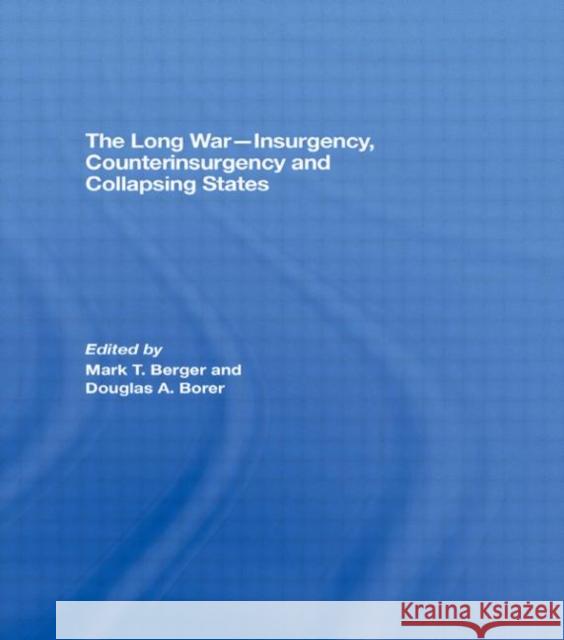The Long War - Insurgency, Counterinsurgency and Collapsing States » książka
The Long War - Insurgency, Counterinsurgency and Collapsing States
ISBN-13: 9780415464796 / Angielski / Twarda / 2008 / 276 str.
The rise and fall of the Cold War coincided with the universalization and consolidation of the modern nation-state as the key unit of the wider international system. A key characteristic of the post-Cold War era, in which the US has emerged as the sole superpower, is the growing number of collapsing or collapsed states. A growing number of states are, or have become, mired in conflict or civil war, the antecedents of which are often to be found in the late-colonial and Cold War era. At the same time, US foreign policy (and the actions of other organizations such as the United Nations) may well be compounding state failure in the context of the post-9/11 Global War on Terror (GWOT) or what is also increasingly referred to as the 'Long War'. The Long War is often represented as a 'new' era in warfare and geopolitics. This book acknowledges that the Long War is new in important respects, but it also emphasizes that the Long War bears many similarities to the Cold War. A key similarity is the way in which insurgency and counterinsurgency were and continue to be seen primarily in the context of inter-state rivalry in which the critical local or regional dynamics of revolution and counter-revolution are marginalized or neglected. In this context American policy-makers and their allies have again erroneously applied a 'grand strategy' that suits the imperatives of conventional military and geo-political thinking rather than engaging with what are a much more variegated array of problems facing the changing global order. This book provides a collection of well-integrated studies that shed light on the history and future of insurgency, counterinsurgency and collapsing states in the context of the Long War. This book was previously published as a special issue of Third World Quarterly.
The rise and fall of the Cold War coincided with the universalization and consolidation of the modern nation-state as the key unit of the wider international system. A key characteristic of the post-Cold War era, in which the US has emerged as the sole superpower, is the growing number of collapsing or collapsed states. A growing number of states are, or have become, mired in conflict or civil war, the antecedents of which are often to be found in the late-colonial and Cold War era. At the same time, US foreign policy (and the actions of other organizations such as the United Nations) may well be compounding state failure in the context of the post-9/11 Global War on Terror (GWOT) or what is also increasingly referred to as the ‘Long War’. The Long War is often represented as a ‘new’ era in warfare and geopolitics. This book acknowledges that the Long War is new in important respects, but it also emphasizes that the Long War bears many similarities to the Cold War. A key similarity is the way in which insurgency and counterinsurgency were and continue to be seen primarily in the context of inter-state rivalry in which the critical local or regional dynamics of revolution and counter-revolution are marginalized or neglected. In this context American policy-makers and their allies have again erroneously applied a ‘grand strategy’ that suits the imperatives of conventional military and geo-political thinking rather than engaging with what are a much more variegated array of problems facing the changing global order. This book provides a collection of well-integrated studies that shed light on the history and future of insurgency, counterinsurgency and collapsing states in the context of the Long War.
This book was previously published as a special issue of Third World Quarterly.











